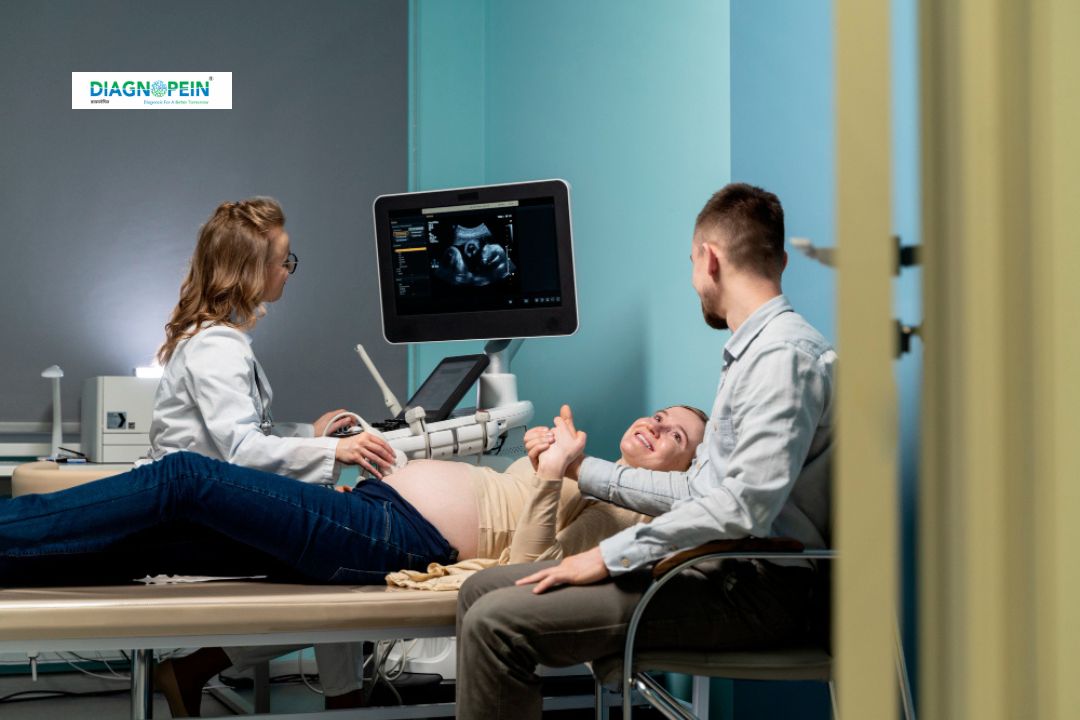Why USG 2nd Trimester Anomaly Study is Important
The USG 2nd Trimester Anomaly Study plays a vital role in detecting any congenital or developmental issues early in pregnancy. During this stage, the baby’s major organs and bones are developed enough to be visualized clearly on ultrasound. This scan allows early detection of issues like heart defects, neural tube defects, abdominal wall abnormalities, limb deformities, and facial anomalies such as cleft lip or palate.
By identifying potential anomalies early, parents and healthcare providers can prepare for necessary interventions or specialized care. The 2nd Trimester Ultrasound also checks the position of the placenta, amniotic fluid volume, umbilical cord insertion, and cervical length to assess pregnancy health.
Benefits of USG 2nd Trimester Anomaly Scan
Undergoing a USG 2nd Trimester Scan offers numerous benefits for both the mother and baby’s health:
-
Detects structural abnormalities early for timely medical care.
-
Assesses fetal growth, movements, heartbeat, and organ formation.
-
Confirms gestational age and expected date of delivery.
-
Evaluates placental health, umbilical cord blood flow, and amniotic fluid.
-
Provides emotional reassurance for expectant parents.
Early diagnosis helps doctors plan advanced care strategies if any complications are found. It also supports safe pregnancy monitoring and reduces the risk of birth-related complications.
How the USG 2nd Trimester Anomaly Test is Done
The USG 2nd Trimester Anomaly Study is a non-invasive, safe, and painless procedure. The mother is asked to lie comfortably while a trained sonographer applies gel on the abdomen to allow the transducer to move smoothly. The transducer then uses high-frequency sound waves to create detailed images of the fetus inside the womb.
This scan usually takes 30–45 minutes. The mother doesn’t need to fast, but a partially filled bladder can help get clearer images. The radiologist thoroughly examines each part of the fetus to check for normal development and identify any unusual findings.
Once complete, a detailed report is shared with the obstetrician, who will discuss the results and any next steps with the patient.
Parameters Checked During USG 2nd Trimester Anomaly Study
During a USG 2nd Trimester Scan, the following parameters are carefully evaluated to ensure healthy fetal growth:
-
Fetal anatomy: brain, heart, lungs, kidneys, stomach, spine, limbs, and facial structure.
-
Biometric measurements: Biparietal Diameter (BPD), Femur Length (FL), Head Circumference (HC), and Abdominal Circumference (AC).
-
Placental location and condition.
-
Amniotic fluid index (AFI).
-
Maternal cervix and uterine wall.
These parameters help ensure accurate fetal development tracking and early detection of any irregularities for appropriate medical action.
When and Where to Get Your USG 2nd Trimester Scan
The recommended time for the USG 2nd Trimester Anomaly Study is between 18 to 22 weeks of pregnancy. Most advanced diagnostic centers in Karad offer this service using high-resolution ultrasound machines and expert radiologists for accurate results.
Expecting mothers should book an appointment with a certified imaging center for a comfortable and safe Fetal Anomaly Ultrasound experience. Proper scheduling ensures timely screening and peace of mind throughout pregnancy.









